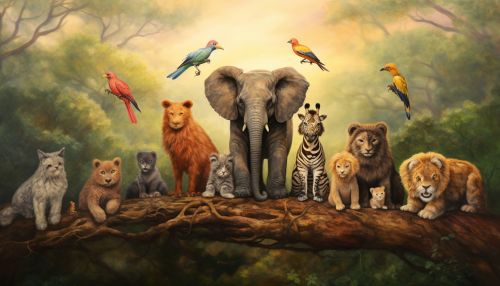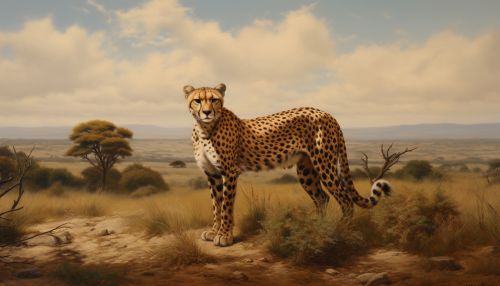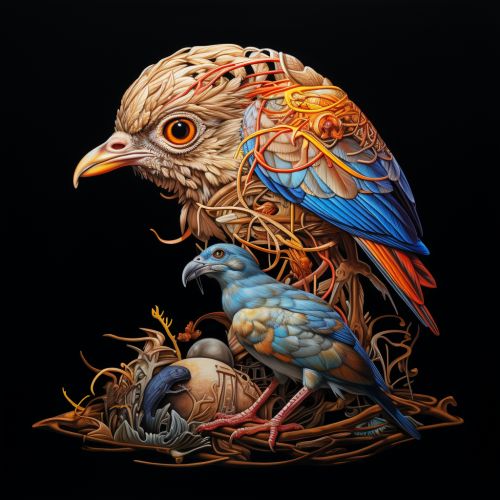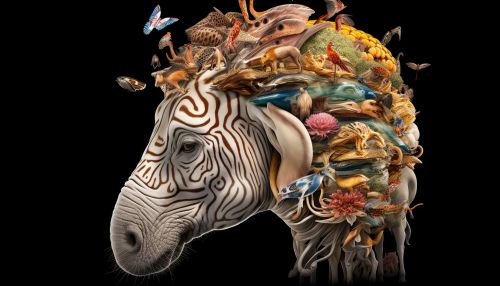The Biological Mechanisms of Animal Learning
Introduction
Animal learning is a fascinating field of study within the broader discipline of biology. It involves understanding the various biological mechanisms that underpin the ability of animals to acquire, process, and utilize information from their environment. This article delves into the intricate details of these mechanisms, exploring the role of genetics, neurobiology, and behavior in animal learning.


Genetics and Animal Learning
The role of genetics in animal learning is a complex and multifaceted topic. Genes are the fundamental units of heredity, carrying the instructions for the development and functioning of all organisms. They play a significant role in determining an animal's ability to learn and adapt to its environment.
Genetic Basis of Learning
The genetic basis of learning is rooted in the concept of genotype and phenotype. The genotype is the set of genes an animal inherits from its parents, while the phenotype is the observable characteristics or traits of the animal, influenced by both its genotype and environment.


In the context of learning, certain genotypes may predispose animals to be more adept at learning certain tasks or adapting to specific environments. This is often seen in selective breeding programs, where animals with desirable traits, such as high intelligence or quick learning ability, are bred to pass these traits onto their offspring.
Genetic Variation and Learning
Genetic variation, the differences in DNA sequences between individuals within a population, also plays a crucial role in animal learning. This variation can lead to differences in learning abilities between individuals, influencing their survival and reproductive success.
Neurobiology of Animal Learning
The neurobiology of animal learning involves studying the brain structures, neurons, and neurotransmitters involved in the learning process. It seeks to understand how these biological components interact to facilitate the acquisition, storage, and retrieval of information.
Brain Structures and Learning
Different brain structures play distinct roles in animal learning. The hippocampus, for instance, is crucial for spatial learning and memory, while the amygdala is involved in emotional learning.


Neurons and Learning
Neurons, the fundamental units of the brain, play a critical role in animal learning. They communicate with each other through electrical signals and chemical messengers, forming complex networks that encode and store information.
Neurotransmitters and Learning
Neurotransmitters, the chemical messengers used by neurons, are also vital for learning. Different neurotransmitters, such as dopamine, serotonin, and acetylcholine, play distinct roles in various aspects of learning and memory.
Behavioral Aspects of Animal Learning
Behavioral aspects of animal learning involve studying the observable actions and reactions of animals in response to certain stimuli or situations. This field combines elements of ethology, psychology, and ecology to understand how animals learn to adapt to their environment.
Types of Learning
There are several types of learning observed in animals, including habituation, classical conditioning, operant conditioning, and observational learning. Each of these learning types involves different behavioral responses and adaptations.


Learning and Survival
Learning plays a critical role in an animal's survival. It allows animals to adapt to changes in their environment, find food, avoid predators, and reproduce successfully.
Conclusion
The biological mechanisms of animal learning are complex and multifaceted, involving intricate interplays between genetics, neurobiology, and behavior. Understanding these mechanisms not only provides insights into the fascinating world of animal behavior but also has implications for various fields, including conservation biology, animal welfare, and even human psychology and education.
